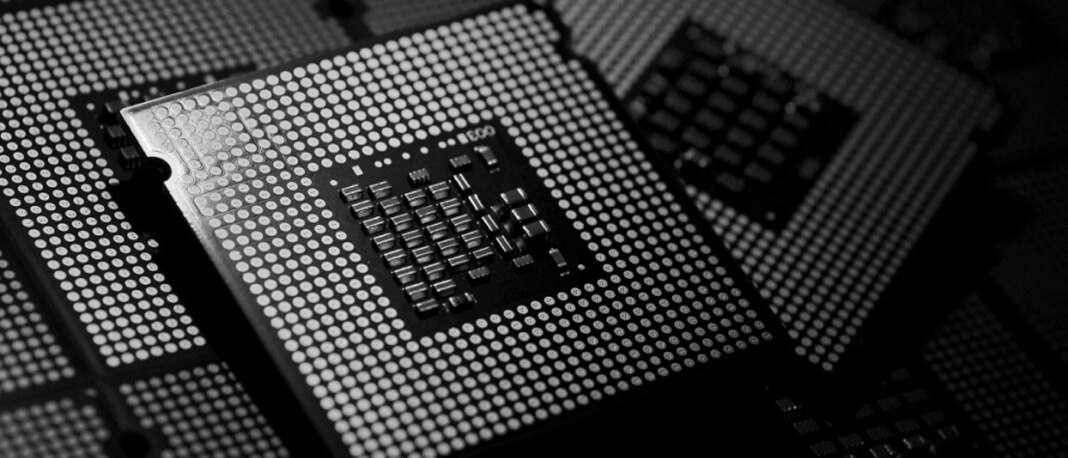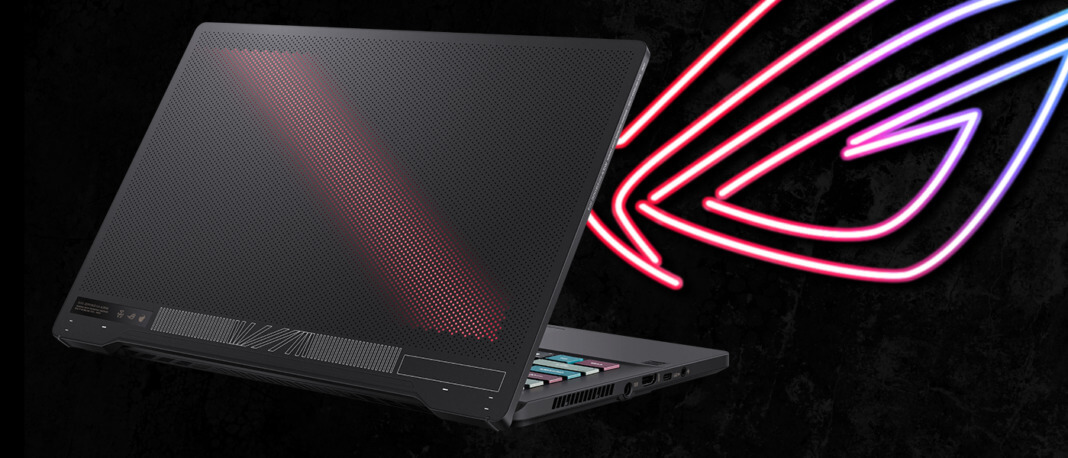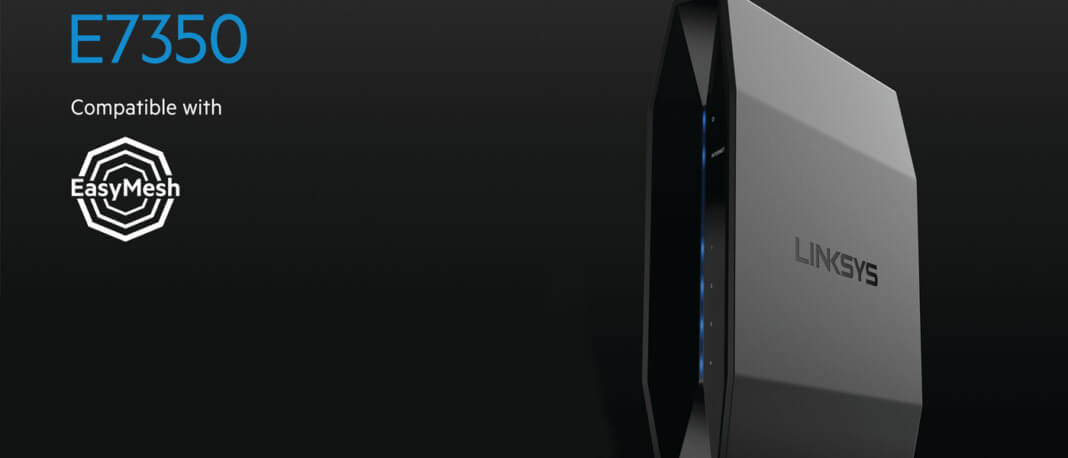For years now, AMD and Intel have been going at each other’s necks and the battle still rages on. With both sides constantly coming up with new releases, it is now harder than ever to determine which processor is better over the other with them constantly stumbling over one another on the race for who has the better components. What more with Apple’s recent update on their venture towards their very own Arm chip, what could this mean for the CPU landscape?
AMD: What we know
AMD has been long known as the go-to for budget-friendly prices and bang for buck for their price and performance ratio. However, with its latest release of the 16-core and 32-thread AMD Ryzen 9 3950X going at US$677 that yields greater performance and processing speeds as compared to their previous flagship predecessor the 12-core and 24-thread AMD Ryzen 9 3900X that goes at a price of US$430. Do not fret, there are even more affordable options available. The 4-core and 8-thread AMD Ryzen 3 3300X that goes at US$120 and the 4-core and 8-thread AMD Ryzen 3 3310 starting at US$207 are ultimate steals with impressive power that it offers at such budget-friendly prices as compared to their Intel cousin counterparts.
Intel: What we know
Intel on the other with its latest release of their Comet Lake-S desktop processors led by i9-10900K with 10-core, 20-thread and a boost of 5.3GHz that goes for US$838. Another notable mention would be the i7-10700K, starting at US$417 with 8-core, 16-thread and 5.1 GHz turbo.
AMD vs Intel
Just pitting the US$677 Ryzen 3950X with the US$838 i9-10900K, it is clear that AMD is the winner when it comes to great performance for affordable prices. Despite the AMD chip falling behind in some, such as overclocking abilities, it would not worth the extra coin for only a minute increase in performance.
For users who are above the average range of PC users and gamers, the 3rd gen AMD Threadripper built with 64-core, 128-thread and going at US$3,600 would be ideal for 3D modelling, animations, filmmakers and other heavy-duty tasks.
Not forgetting the side perks that come with some of the CPUs. AMD has some processors that comes with an integrated graphics card that is perfect for low- to mid-grade gaming and high-quality video streaming graphics. For example, the AMD Athlon 240GE coming at US$99. It features the Radeon Vega 3. Unlike AMD, all Intel chips come with either an integrated Intel HD or Iris graphics whereas only a few of AMD chips offer this 2-in-1 deal for users who do not have the need for or the extra cash to spend on an independent graphics card for low-graphics intensive functions. This is where Intel trumps AMD. However, in terms of which has the better and more value-for-money integrated graphics? AMD wins. The Vega series overpowers the Intel HD, for example, the Vega 11 can overpower UHD Graphics 630 2.5 times over. However, tables might turn for Intel CPUs with their upcoming Tiger Lake integrated Xe graphics.
AMD vs Intel: To sum it up
AMD has gained massive success over the past few years with its Ryzen and Threadripper CPU lines. With twice the number of cores and threads as compared to Intel and giving them a run for their money. Intel has had some embarrassing failures with the lackluster Cannon Lake and having to cut prices in half for the Cascade Lake-X series due to falling short of AMD’s Threadripper series. They did, however, bounce back up with the release of their Tiger Lake and Comet Lake-S series of CPUs for both desktop and laptops respectively. With all that being said, Intel has yet to top AMD and their 7nm lithography advantage and would be unlikely to do so any time soon.
And in comes Apple’s Arm Macs
Some say that Intel’s 10nm struggles kickstarted their demise, allowed for AMD to overtake them with their 7nm process and allowed for new rivals such as Apple’s Arm Macs to rise. Historically, Apple has had little patience nor tolerance when it comes to partners failing to meet their expectations – for example, their breakup with Imagination Technologies. It seems mighty positive so far that Apple might actually do just fine without Intel’s CPUs. Seeing as A12Z Bionic inside a brand-new iPad Pro was able to achieve higher GeekBench scores when compared to the Core i5 found in a 2020 Macbook, out-performing in both single- and multi-core tests despite the iPad Pro’s tight thermal constraints. GeekBench is however just one benchmark and Apple challenging Intel Xeon chips in higher-end MacBooks remains to be exactly that – a challenge, if not a difficult one to say the least but it does not deny the prospect that Apple is confident in doing so as can be seen from their decision to transition from Intel to Arm Macs despite the struggles that might come from developers transitioning from Intel chips to Apple Silicon. However, this should not be too much of a hurdle as companies such as Adobe and Microsoft are already working on it to allow their apps to run natively on Apple Silicon and many other developers are likely to follow suit.
Arm Mac: What we know
Apple has plans to make it easy for developers to design apps for the new Arm Macs which would eliminate or at least alleviate the potential struggles of the transition from Intel to Apple Silicon. Apple has also thought ahead in terms of the possible obstacles that might be posed with the transition from Intel to Apple Silicon and have launched programs such as xcode beta and Quick Start Program to help developers convert existing apps to suit Apple Silicon is only a matter of days and allow developers to create apps suitable for Apple Silicon, respectively. Furthermore, possibly as a contingency, Apple has Rosetta 2 that is a translation process that runs in the background that enables Intel apps to run on Apple Silicon and this solves most user’s hesitance with purchasing an Arm Mac.
Apple intends to deliver the highest possible performance with the lowest power consumption ratio. This is most likely possible given Apple’s advantage and years of experience in designing power-efficient chips that can be found in their other products such as the iPhone, iPad and Apple Watch whilst customizing both software and hardware to be deeply integrated to provide to best performance and experience for users. However, a thing to note. Apple Silicon does not support Boot Camp. This might be a huge setback for users who run both Windows and Mac OS on their current Mac. However, Apple mentioned that “virtualization is the way forward” and thus this may not be an issue for long.
Based on what we know, Arm chips seems to be a step forward towards independency and self-sustainability rather than as a mean to compete with other CPU players such as Intel and AMD.





